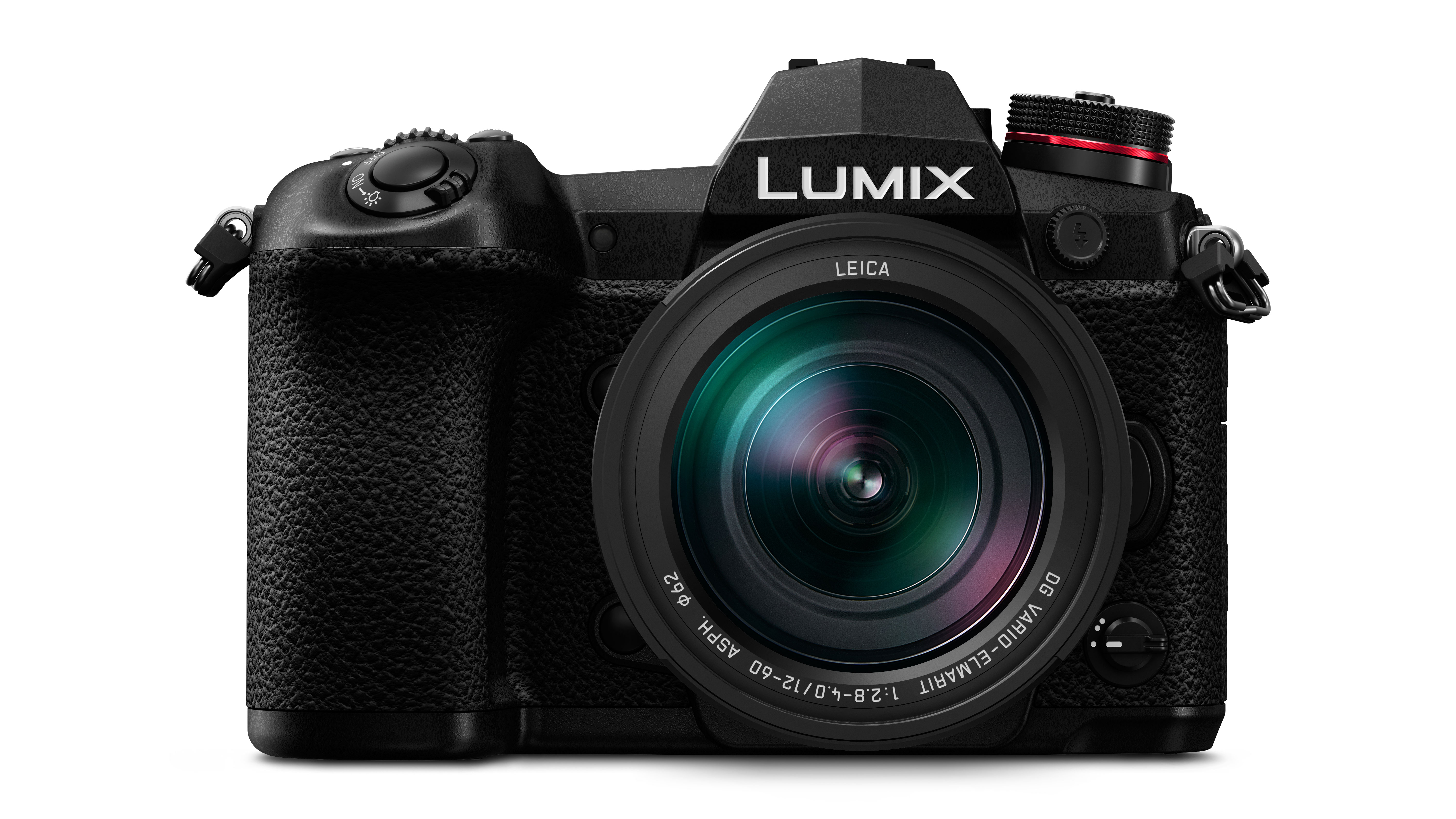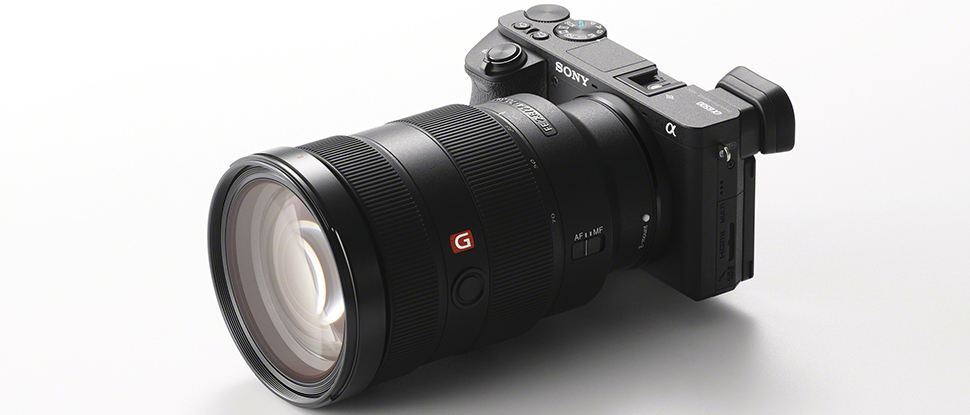Why you can trust Digital Camera World
Verdict
There’s a paradox at the heart of the A6500. It's styled like a rangefinder but equipped with the power and speed of a sports camera, plus 4K video features designed to tempt serious and professional videographers.
Well, it’s just the wrong shape. With a small standard zoom or a prime lens, the A6500 handles pretty well, but with the kind of lens you’d use for serious sports photography, the balance is hopelessly front-heavy. Sure, you can improve the handling with long and/or heavy lenses by fitting the optional battery grip, but then you’re paying extra.
Anyone shopping around for a new camera will also notice that it's actually more expensive that the full-frame A7 II model. This isn’t the only instance where Sony has crammed high-powered processing into an otherwise unassuming camera; the RX100 Mark V is another example. It makes for amazing specs, but pushes the price up way beyond more conventional rivals.
Read more: Sony RX100 Mark III vs RX100 Mark IV vs RX100 Mark V
On paper, the A6500 still delivers the goods against DSLR rivals, such as the Nikon D500 and Canon EOS 7D Mark II. But while the autofocus and buffer capacity are great, the continuous-shooting speed now looks rather average – and yet this is still a pretty expensive camera.
It doesn’t deliver the handling of Fujifilm’s X-series, or the speed of the Panasonic G9, and cameras costing half as much can match it for still image quality. Ultimately, it’s hard to figure out exactly what you're getting for all this money.
Competition

Nikon D7500
The best camera deals, reviews, product advice, and unmissable photography news, direct to your inbox!
The 20.9MP Nikon D7500 matches the A6500 for frame rate and has the shape and weight to balance better with longer lenses.

Fujifilm X-T20
Again, the X-T20 matches the A6500’s frame rate, if not the sophistication of its AF system or its buffer capacity. And yet, it’s a whole lot cheaper, offers a more satisfying handling experience and beats it for all-round image quality.

Panasonic G9
Both Panasonic and Olympus wring more from the smaller Micro Four Thirds sensor than ought to be possible, and they’re supported by a wide, high-quality lens range. If you want speed, the G9 is the one to beat.
Specifications
Read more: The 10 best mirrorless cameras

Rod is an independent photography journalist and editor, and a long-standing Digital Camera World contributor, having previously worked as DCW's Group Reviews editor. Before that he has been technique editor on N-Photo, Head of Testing for the photography division and Camera Channel editor on TechRadar, as well as contributing to many other publications. He has been writing about photography technique, photo editing and digital cameras since they first appeared, and before that began his career writing about film photography. He has used and reviewed practically every interchangeable lens camera launched in the past 20 years, from entry-level DSLRs to medium format cameras, together with lenses, tripods, gimbals, light meters, camera bags and more. Rod has his own camera gear blog at fotovolo.com but also writes about photo-editing applications and techniques at lifeafterphotoshop.com

